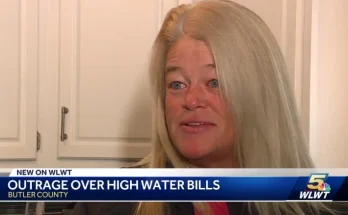We have previously commented on the fact that having a private water utility does not necessarily translate into lower water rates. In that post, we discussed the woes of the Indianapolis experience with Veolia being the private contractor in charge of the water utility’s operations. In the news today is yet another example where private utility operators have proven, yet again, that they are as beholden to the laws of economics as any municipally-owned water system. The Illinois American water company serving about 10,000 customers in the Chicago area has asked the Illinois Commerce Commission to approve a 30% increase in water rates and a 50% increase in sewer rates. The company states that the reasons for the increase include the usual suspects: the costs of repairing and maintaining infrastructure, and to cover the increasing costs of employee benefits. About 350 of the company’s customers (from the cities of Homer Glen, Orland Hills, and Lockport) showed up at a public hearing to protest the increase which would make the company’s rates triple those of the municipally-owned utilities in nearby communities.

What the protesters probably don’t understand, and what everyone who thinks substituting public ownership of their water/sewer utilities with private (corporate) ownership needs to know is that the private utility owner has a constitutional right to charge rates that will allow it the opportunity to earn a reasonable profit. That right has been established in US case law since the 1898 case in Smyth v. Ames . Of course, there are certain protections offered to determine just what is a “reasonable profit” and the Illinois Commerce Commission in this case, or its equivalent in any other state, has the charge to make sure that the rates are indeed reasonable. Still, if the real reason for the increases comes down to infrastructure repair costs and employee benefits, the company is very likely to have its request for higher rates approved.
On top of those costs, the company is allowed to profit from operating the utility. Meanwhile, a municipally-owned utility would not include profit in its rates. Instead, municipal systems allow whatever “profit” exists in the utility’s operations to flow directly back to its customers by way of lower rates (read more about this topic here). Increasingly, we see that private operators are unable to provide the economic efficiencies that they like to claim they can provide in anything but the short-term. They tend to realize short-term savings by deferring rather than eliminating costs as the Illinois American and Indianapolis stories both suggest.
Be Sociable, Share!



